How Do You Know When Bulk Fermentation Has Finished?
This post may contain affiliate links.
Knowing when bulk fermentation has finished and it's time to shape your loaf is perhaps one of the most important skills for the sourdough home baker. Getting this right can be be the difference between a light, airy crumb and a dense, gummy crumb.
So how do you know when bulk fermentation has finished? It can be tricky to know when your sourdough has finished bulk fermenting. There is no set time for fermentation to occur and thus it can be the undoing of many a sourdough enthusiast.
Bulk Fermentation refers to the time after you complete gluten development (generally through stretching and folding the dough) until the time when you shape your dough. You leave the dough at room temperature to "ferment" in one bulk mass. Bulk fermentation must occur at room temperature - you can read more on why here.
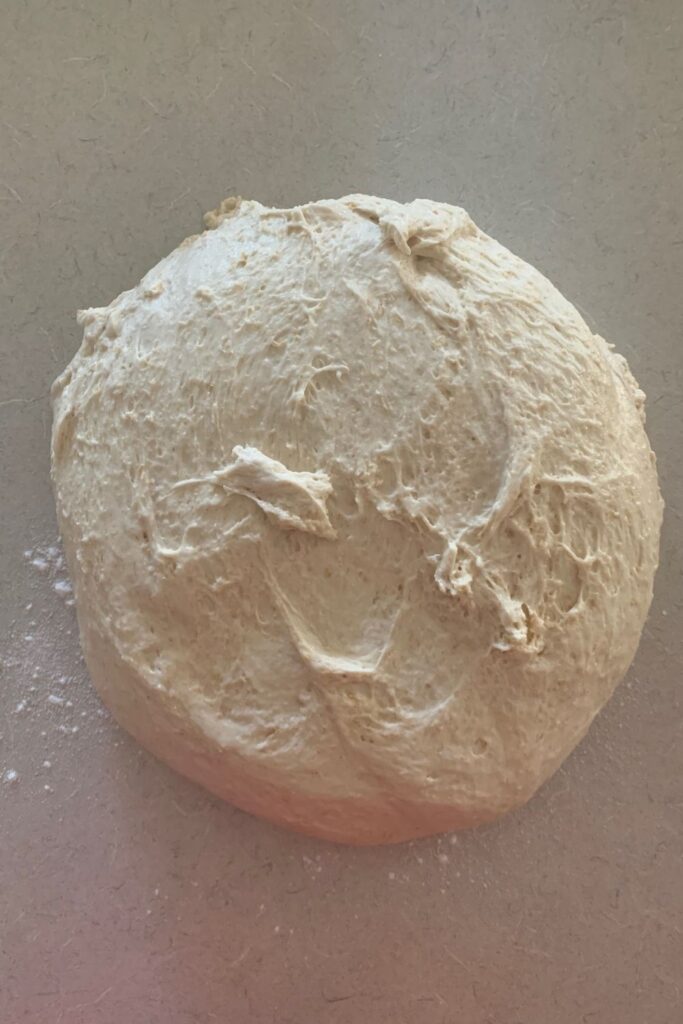
How Do You Know When Bulk Fermentation Has Finished?
When bulk fermentation of your sourdough is complete, your dough should:
- Have doubled (or just under). This is so important!!
- Have a slightly domed surface and be coming away from the edges of the bowl or container.
- Have a smooth surface with bubbles starting to form - it shouldn't be sticky.
- It should feel light and airy like a giant pillow.
- If you look underneath (clear container) you'll see large bubbles like a giant sponge up against the glass.
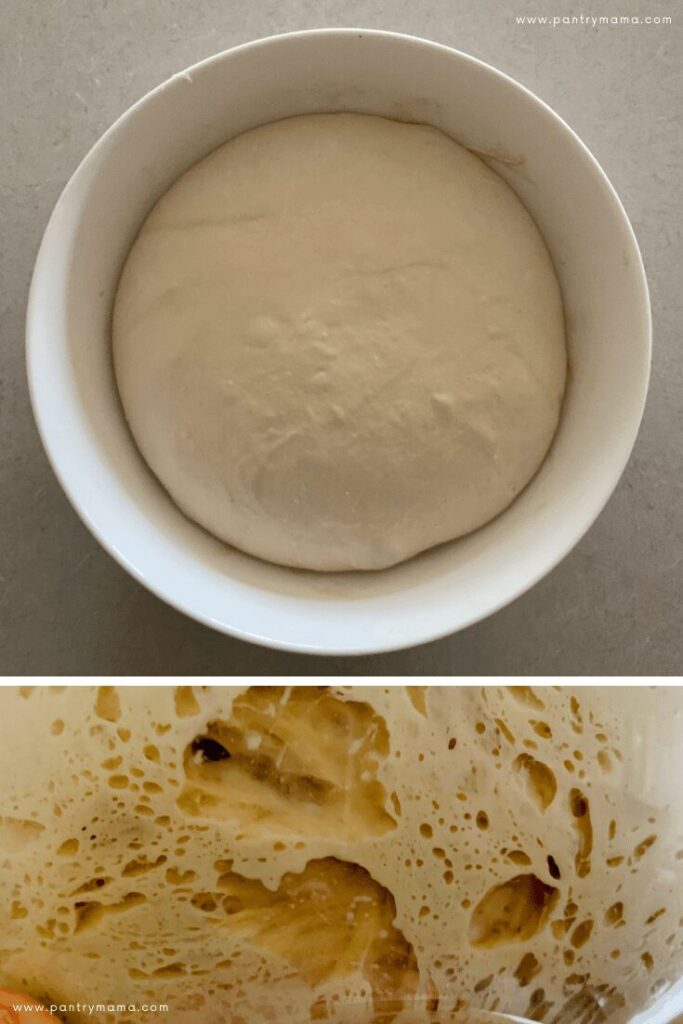
Letting Your Dough Double During Bulk Fermentation
The most important thing to note when looking at bulk fermentation is letting your dough double.
If it does not double in volume, you will risk your dough being under fermented which results in dense, gummy bread with no air.
Many people say to only let your dough grow 30-50% - but it must double to ensure that you get lots of bubbles.
Under fermentation is the cause of so many issues. Under fermented bread will not spring up in the oven. It's dense, gummy and often pale (depending on the degree of under fermentation).
Dough that has not been bulk fermented long enough will also be difficult to shape, sticky and will often spread once tipped out the banneton.
Good sourdough takes time! And this time is what is needed for proper fermentation.
It's a good idea to use a straight sided container to bulk ferment your dough. This allows you to easily monitor how much it has grown. You can see how to use a Cambro Container for bulk fermentation here.
If you're having trouble with timing and fitting sourdough into your busy life, you will find all the secrets to baking sourdough on any schedule here.
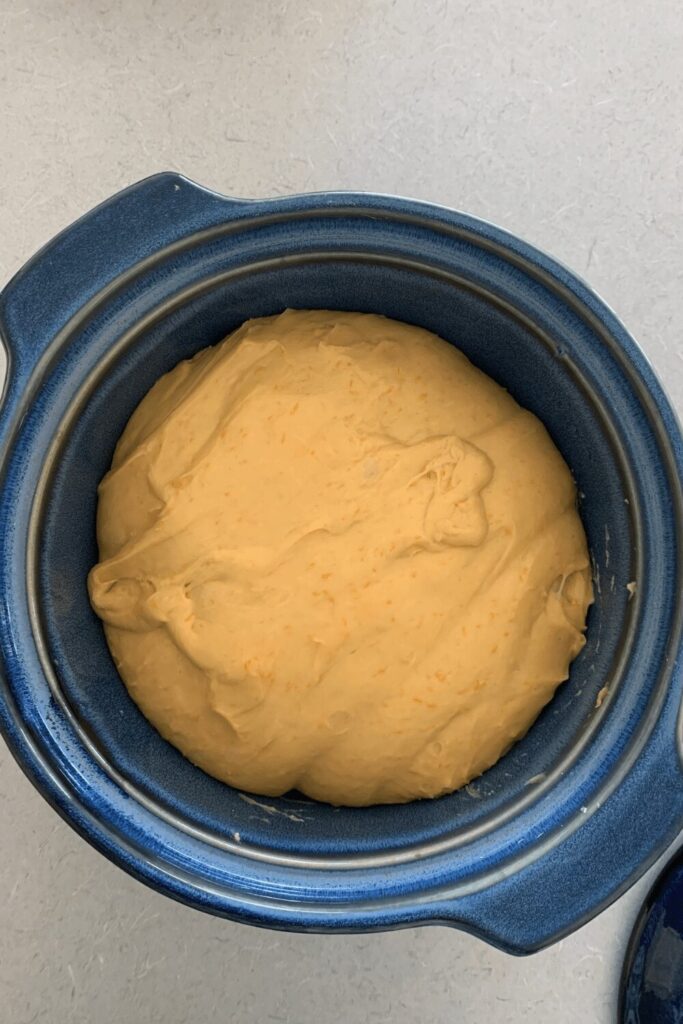
Fermentation Is Temperature Dependant
There are many variables that can affect your sourdough. Perhaps the most important of these is temperature. Too hot and you can end up with a soupy mess. Too cold and your sourdough starter just can't get going.
If your home is particularly cold, bulk fermentation will take a lot longer. If it's warmer, it will be finished more quickly.
It's ok for the time it takes to vary. You will need to change the timing based on the seasons. Read more about baking in hotter and colder temperatures.
You could also change the amount of starter you use.
One way to always make sure you are able to control the temperature is through using a bread proofing apparatus.
This Brod & Taylor Bread Proofer is the bees knees when it comes to sourdough. It will ensure you can keep both your starter and your dough at the perfect temperature for fermentation - without any fluctuations.
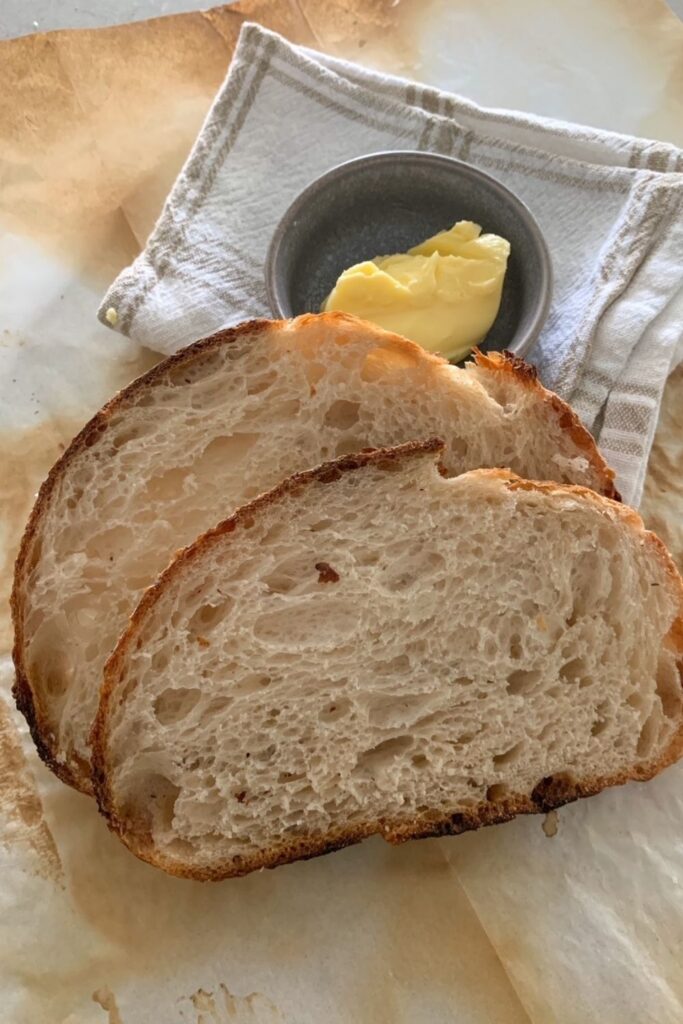
Your Starter Could Be The Issue
If your dough doesn't seem to be doing anything during bulk fermentation, or you aren't getting enough fermentation occurring, your sourdough starter could very well be the culprit.
Using a sourdough starter that's immature is generally the issue.
But also using a sluggish starter can cause problems for fermentation too. Consider strengthening your sourdough starter to ensure that it is at it's strongest and will give you the best possible bread.
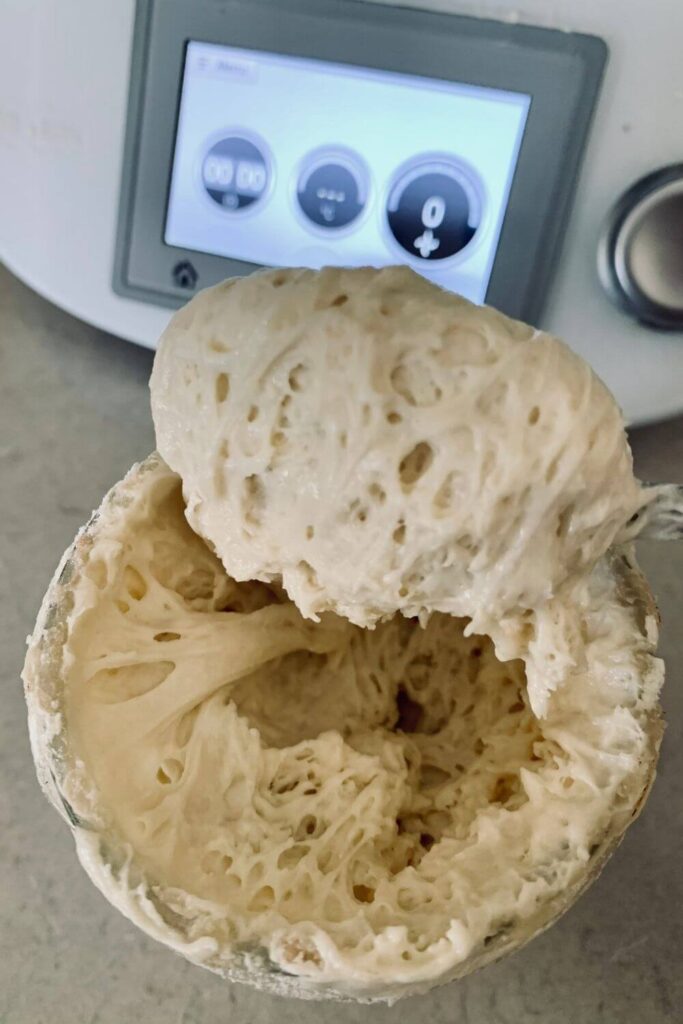
When Does Bulk Fermentation Actually Start?
There is a bit of conjecture around this question. And like many things in sourdough, there are many differing opinions.
At the start of this article, I mentioned that bulk fermentation commences at the end of the stretch and fold period. This is mentioned simply because it's the "next step" in the sourdough process.
But if you want to get technical, bulk fermentation actually begins as soon as you add your starter to the flour and water.
So if you are following my simple sourdough recipe, this means bulk fermentation begins as soon as you begin mixing your dough (fermentolyse).
This is important to note if you are making dough on a particularly warm day, since your dough will be fermenting while you are carrying out stretch and folds.
It will then mean that the actual bulk fermentation period from the end of the stretch and folds will be relatively short.
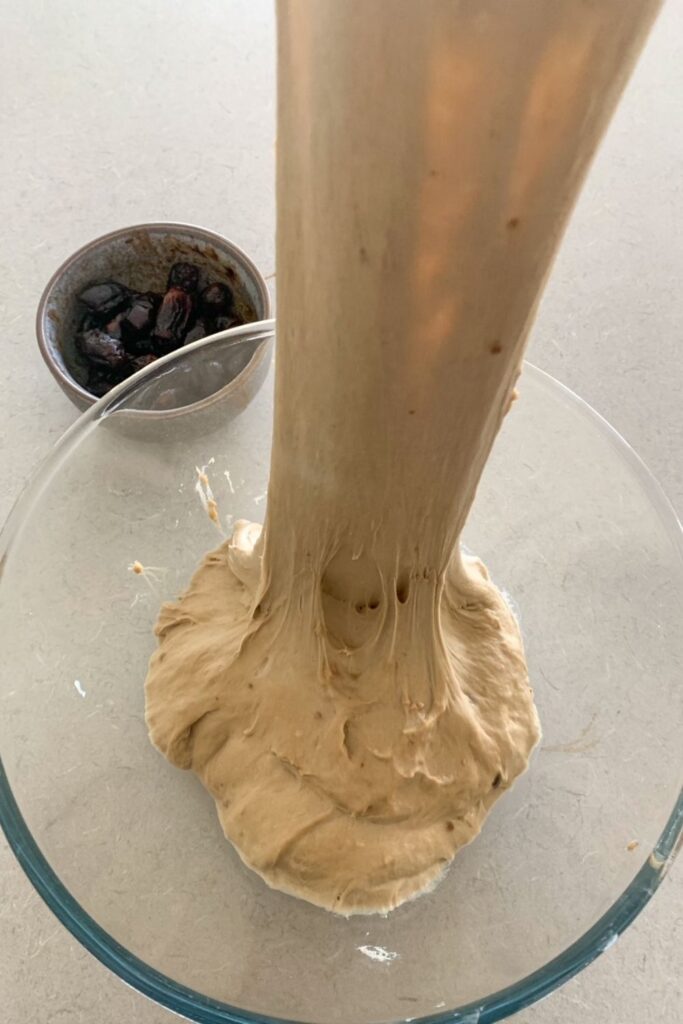
Tips For Knowing When Bulk Fermentation Has Ended
Knowing when your sourdough has finished the bulk ferment stage is a skill that you will develop over time. A sourdough instinct if you like.
The more sourdough you bake, the more you'll get to know how to read the dough.
Here are a few ways you can make sure you stack the odds in your favor:
- Use Cambro Containers or a straight sided container so you can clearly see when the dough has doubled. This Cambro Container is perfect! You can mark the starting level with a Sharpie and then you'll know when it's doubled. It's much easier to see the volume that in a traditional bowl.
- Use a bread proofer like this Brod & Taylor Bread Proofer to ensure you keep your dough at a steady temperature ideal for fermentation. It definitely takes the guess work out of sourdough.
- Pinch off a piece of dough from your sourdough before you place it into it's fermentation container. Place the small piece of dough into a small shot glass. It will be easy to see when the dough in the glass has doubled. When this happens, the dough in your container should have also finished its fermentation. This is called the aliquot jar method for sourdough.
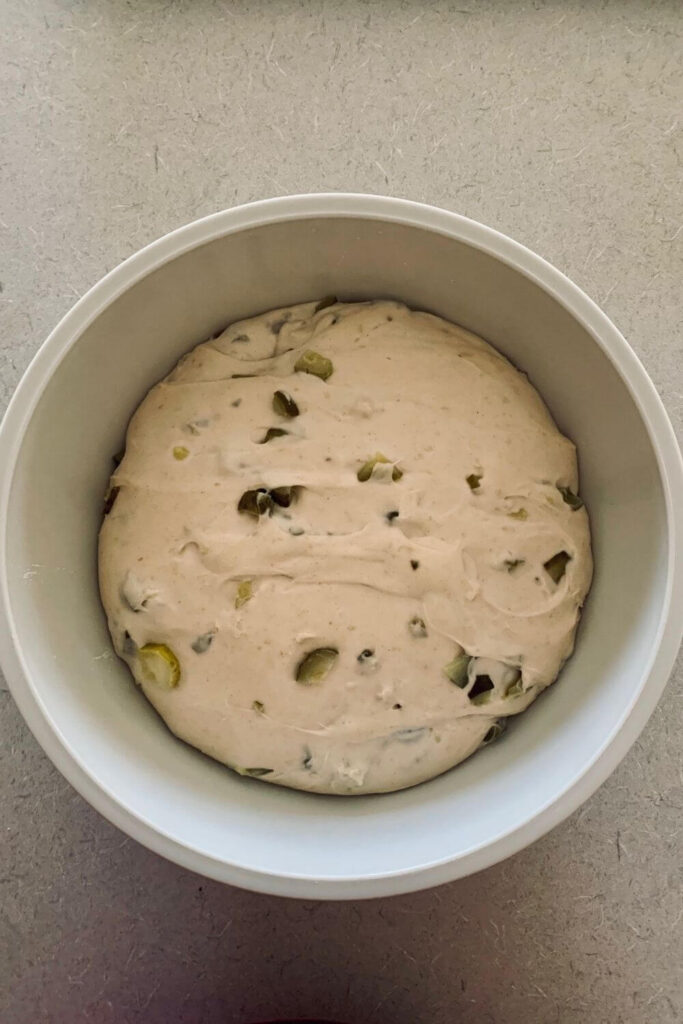
Can You Skip Bulk Fermentation?
Short answer - no! Bulk fermentation really is where the magic happens. It's where your starter comes alive and the yeast in your community of microbes begin the process of rising your bread.
If you skip bulk fermentation, your finished bread will lack airiness and rise. It will be flat, gummy and dense. Bulk fermentation needs to be completed, no matter what other short cuts or process variations you might like to do.
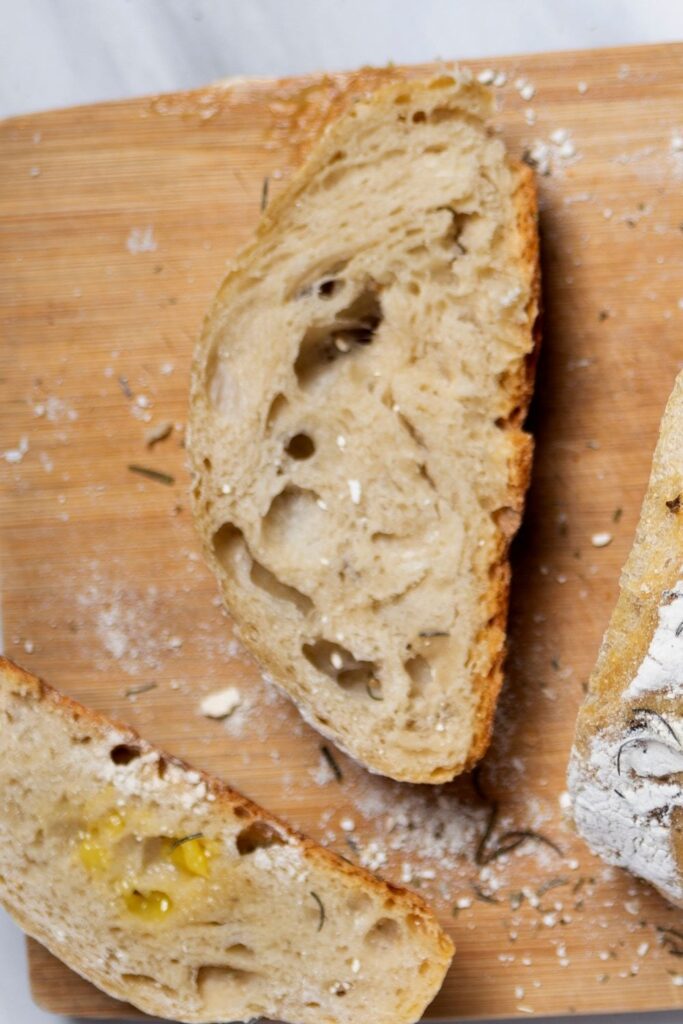
If you watch from the 1 minute mark of this video you'll see me explain the visual cues you're looking for to see when bulk fermentation is finished.
Frequently Asked Questions Around Bulk Fermentation
There is no definitive answer to this question. The time it takes for your dough to move though bulk fermentation will depend on many variables, including temperature, amount of starter used and the strength of your sourdough starter. When you're first starting to bake sourdough bread, it's best to do your bulk ferment during the day time so you can keep an eye on it. Once you've developed a better instinct, you can leave your sourdough to bulk ferment overnight.
YES! You most definitely can bulk ferment sourdough too long. If you leave the dough to ferment for too long, it will become "over fermented". Over fermented dough will lose its structure and become a soupy, sloppy mess that you will not be able to shape.
No - not at room temperature. If you leave your dough to bulk ferment at room temperature for 24 hours you will end up with a soupy mess (unless it's very, very cold in your home).
Bulk fermentation can be done overnight, but you would need to adjust the amount of starter used in the dough and ensure the ambient temperature didn't go above 21C.
No. Stretch and fold is a technique used to develop the gluten before bulk fermentation is completed. If you stretch and fold after bulk fermentation, you risk disturbing all the gas bubbles that have formed during this time. Shaping will of course disturb some of them. But ideally, you should develop the gluten sufficiently prior to bulk fermentation.
No! Absolutely not. If you don't bulk ferment your dough, it won't rise. It's as simple as that. Bulk fermentation really is the time when all the magic happens so skipping this part of the process will mean that the yeast won't be able to do their job in making your bread rise!
Absolutely. Bulk fermentation happens faster at high altitude and can be the leading cause of over fermentation when baking at elevation. Check out this guide to baking sourdough at high altitude.
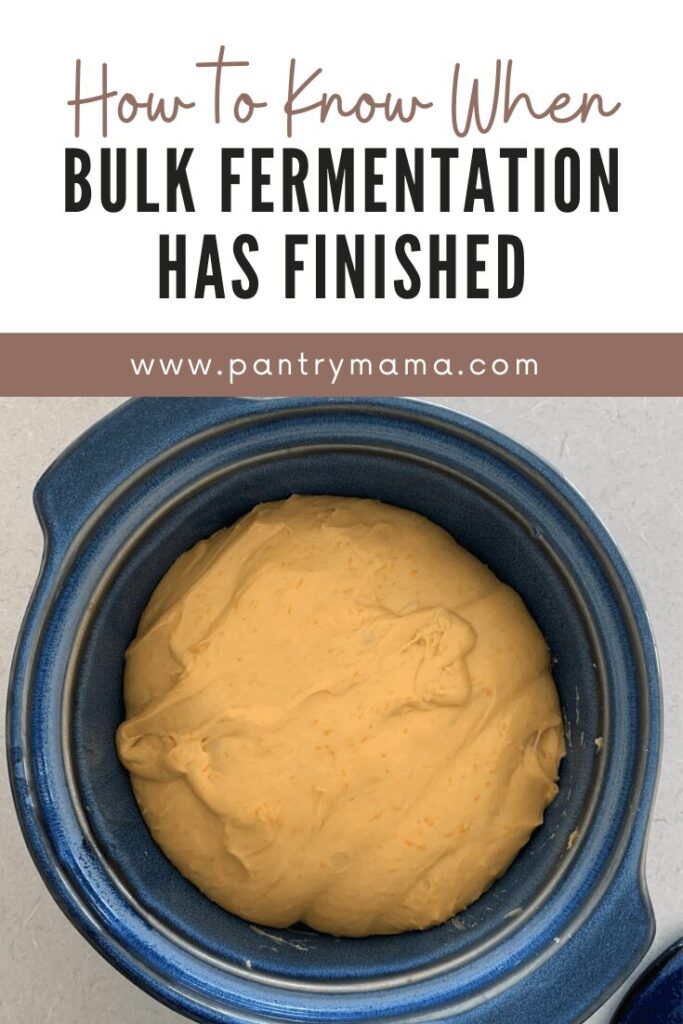
Further Reading
- Check out how cold fermentation differs from bulk fermentatation.
- Help! My sourdough deflates when I score it!
- Want to know whether your sourdough starter is actually up to baking yet?
- Prefer no wait sourdough? You'll find 15 no wait sourdough recipes here.

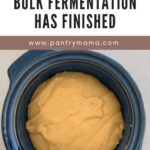

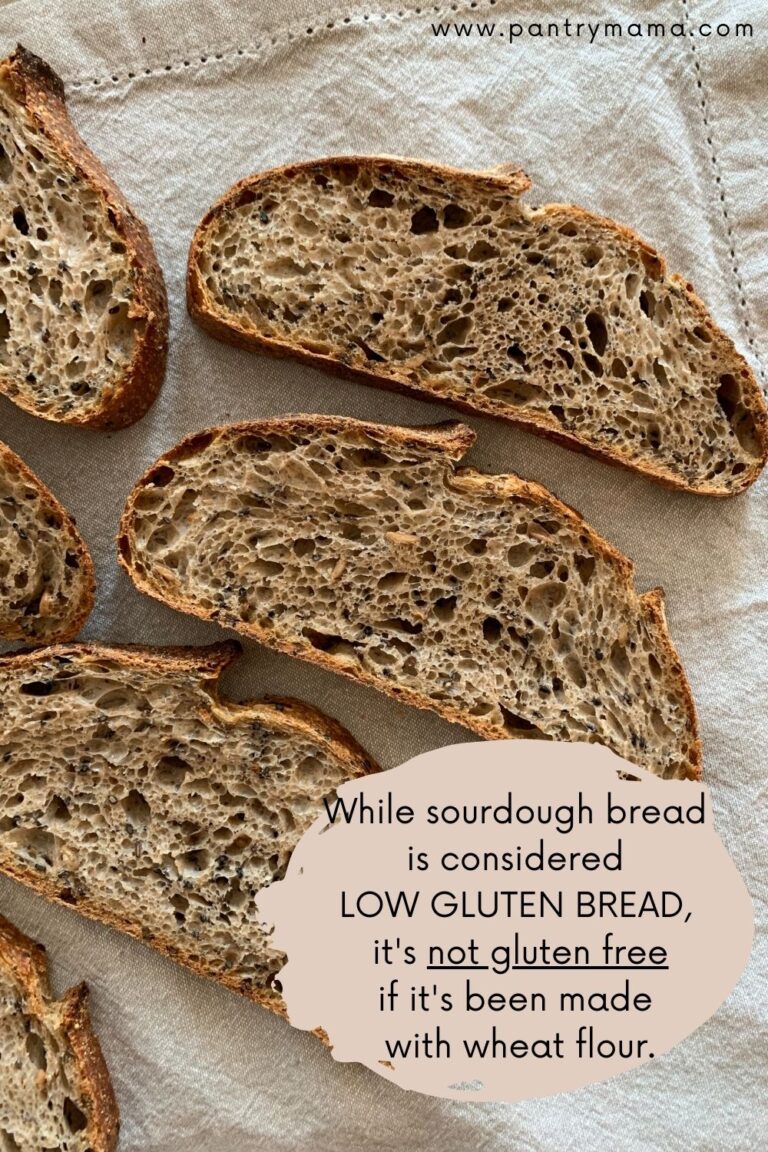

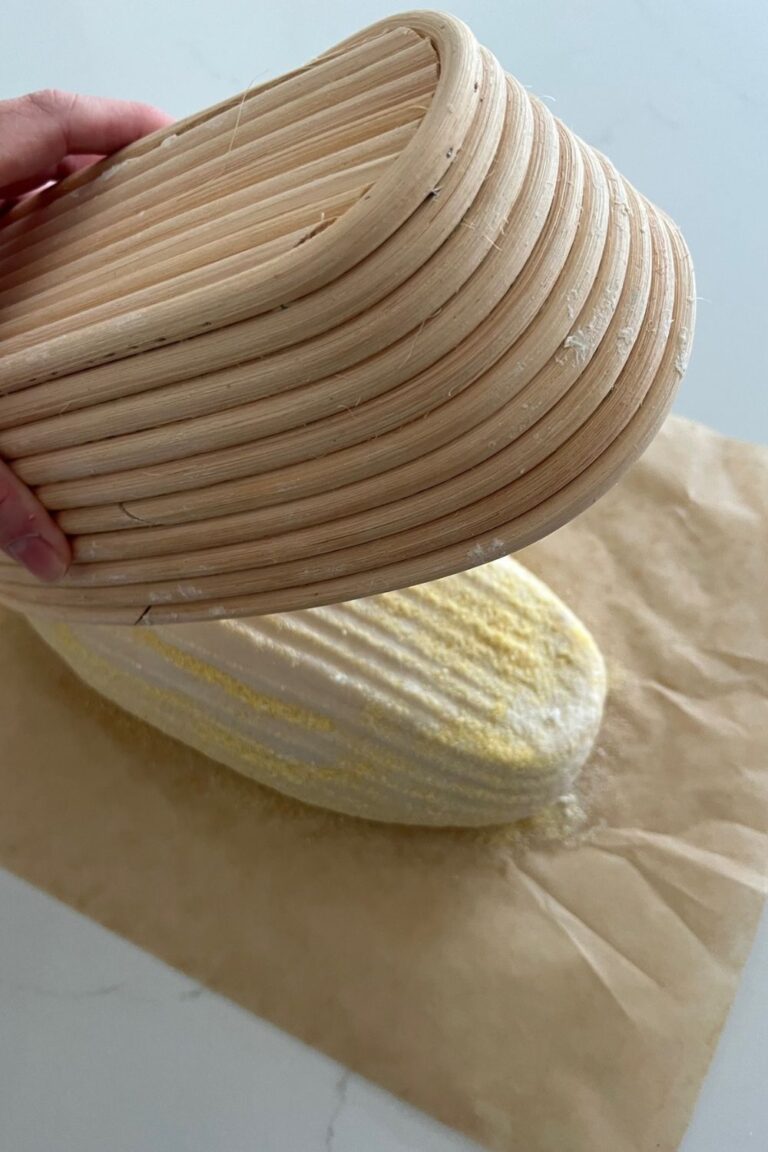
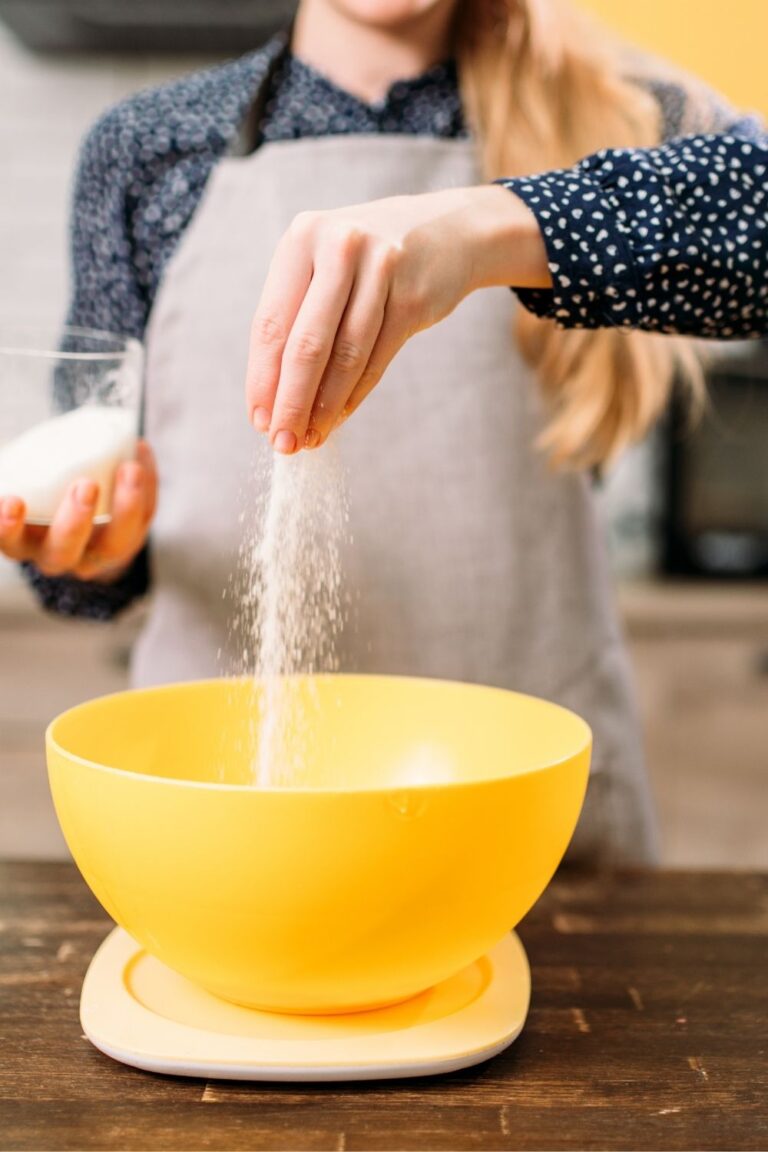

Hi I want to take your recipe and put it in my bread maker on dough setting to do the initial stretches and folds and rising and then take out and put in proofing then bake. What do you think?
You can see how I do this in this recipe for sourdough bread using a bread machine.
Hey, what would be the ideal temperature to make sourdough bread please? I have made a proofing box so I am able to keep a constant temperature (hopefully). Thanks for your help.
You generally want to keep your bread proofer between 24C and 28C, however I find that sometimes mine runs a bit cool so I increase this slightly. You can see how I use my bread proofer in this post on sourdough bread equipment and inside The Pantry Mama kitchen 🙂
Hello, I have been baking sd for about a year now and am concluding that although I have turned out some decent loaves I haven't been able to be as consistent as I would like. I think I have been over proofing. I use the dough temp method to give me an idea of how much I should allow my dough to rise during the bulk fermentation stage before shaping and then cold proofing. Ultimately aiming to get my dough to double but what I am confused about is this: if I allow my dough to rise to about 70% during bulk fermenting and have all of the control (starter strength, hydration, mixing, gluten development and the remainder of the bulk fermentation) once it goes into the fridge after shaping I don't know when and how long it takes to rise that additional 30% to get to double. I typically cold ferment for between 12 - 36 hrs. During this time the dough continues to ferment often (I believe) to end up over proofed because once it goes into the fridge I have no control and can't read how much its risen in my banneton. Like how long would it take to complete the doubling if putting your dough in the fridge at 70F (dough temp) at 70% rise in a fridge set at 5C? If I leave my dough in the same container as I bulk ferment in then I can see when it rises to double but then I would end up shaping after cold proofing just before baking risking degassing too much. Thank you for taking the time to review my question.
I think this is overcomplicating things - just allow your dough to double during bulk fermentation, shape it and then place it into the fridge. It shouldn't rise during cold fermentation. Keep things simple 🙂 You might find this simple sourdough bread recipe helpful, it goes through my sourdough process in much more detail and includes a video 🙂
With my flour, my best loaves are about 63% hydrated then bulked to 85-90% of double then cold proofed for 12-18 hours. 475°F seems a good temp for the entire 40 minutes for a dark crust. 450°F is good for a more blonde and softer crust.
My starter is five years old and at 80°F ambient will double in 2 hours. It’s a 50/50 split of whole wheat and fine rye flours at 100% hydration.
My biggest break-thru was autolyse 20 minutes, add salt and starter by poking them into the dough and working it thru. Then all the rest using a dough hook.
1. Hook 4 minutes on low, rest 20 min.
2. Hook 15 seconds, rest 10 min.
Repeat #2 four more times.
I make two loaves so now either divide and either knead by hand until firm, pull into tight balls.
Place intro bulking bowls until 85-90% of double.
Cold proof. Bake.
I pushed thru one unsatisfactory loaf after another for three years. It’s about finding the best level of hydration.
How did I finally arrive at reliability. I came back to Kate’s simplicity method. I had been overthinking the process and using “the best ideas.”
Remember. K.I.S.S.
Love that! Thank you so much for your comment, Dave!
What a great website! Thank you for all the great details, (I love knowing the “WHY” ) I will share with my sourdough cult😉